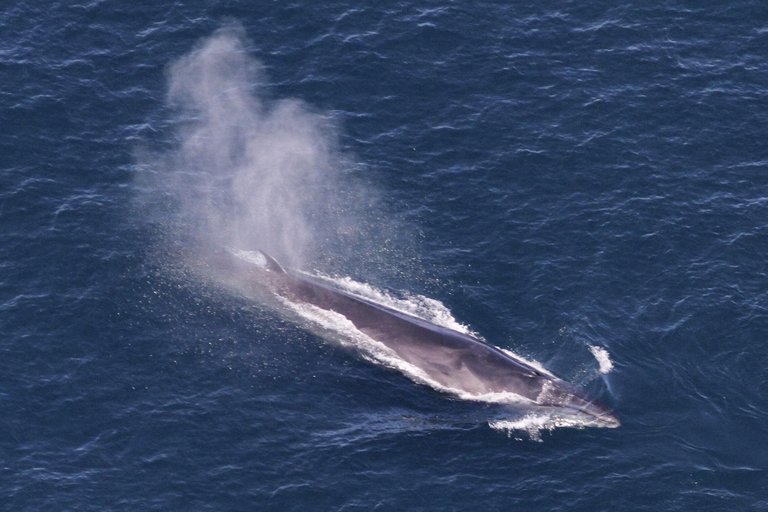Environment
Marine Biologists Report Increase in Whale Sightings
Experts note the return of several species to coastal waters, highlighting the positive effects of conservation measures and warmer currents.
Published: May 19, 2025 at 06:12
By: By Brian Ross, Great White Press

Marine biologists working off the coast of Nova Scotia have reported a noticeable uptick in whale sightings this season, raising hopes for a strong year of population monitoring and eco-tourism. Several species, including humpback, minke, and endangered North Atlantic right whales, have been spotted near traditional feeding grounds.
Dr. Elaine Huang, a marine ecologist at Dalhousie University, says the sightings reflect both seasonal migration patterns and potential improvements in ocean conditions. “We’ve had a relatively calm spring, with plankton blooms occurring earlier than usual. That’s a strong food signal for whales,” she explained.
The sightings have been most concentrated around the Bay of Fundy and off Cape Breton, where acoustic sensors placed by research vessels picked up increased whale vocalizations in recent weeks. Aerial drone footage confirmed visual contact with multiple pods, some with calves.
Researchers attribute the uptick in part to long-standing conservation efforts, including shipping lane restrictions, improved fishery management, and reduced underwater noise policies implemented over the last decade.
Whale-watching operators are cautiously optimistic, noting that while sightings are up, strict environmental regulations remain in place to protect marine life from disturbance. “We’re thrilled,” said Troy Barrett of WhaleWatchNS, “but safety and distance protocols are our priority.”
Increased whale activity also provides valuable opportunities for data collection. Tagging programs have resumed after pandemic-era slowdowns, enabling scientists to track movement patterns, diving behavior, and even sleep cycles of these massive mammals.
The North Atlantic right whale, critically endangered with fewer than 350 individuals left, was among those recently spotted. Conservationists were encouraged by the presence of at least two calves, suggesting possible reproductive success within the population.
Citizen science has played a role in documenting encounters. Coastal residents and boaters have been urged to report sightings to DFO hotlines. Apps like WhaleMap also allow users to contribute sightings in real-time for scientific use.
Despite the good news, experts caution against complacency. Entanglements, ship strikes, and climate-related changes to food sources continue to threaten whale populations. “This year looks promising, but long-term protection is an ongoing challenge,” said Huang.
Federal authorities plan to expand no-fishing zones during peak whale seasons and enhance automatic vessel detection to mitigate collision risks. These tools complement public education efforts focused on marine stewardship and sustainable practices.
For coastal communities, the resurgence offers more than scientific value—it represents a cultural and economic connection to the sea. Local guides, artisans, and tour operators rely on the health of marine life to sustain their livelihoods and share their stories with the world.